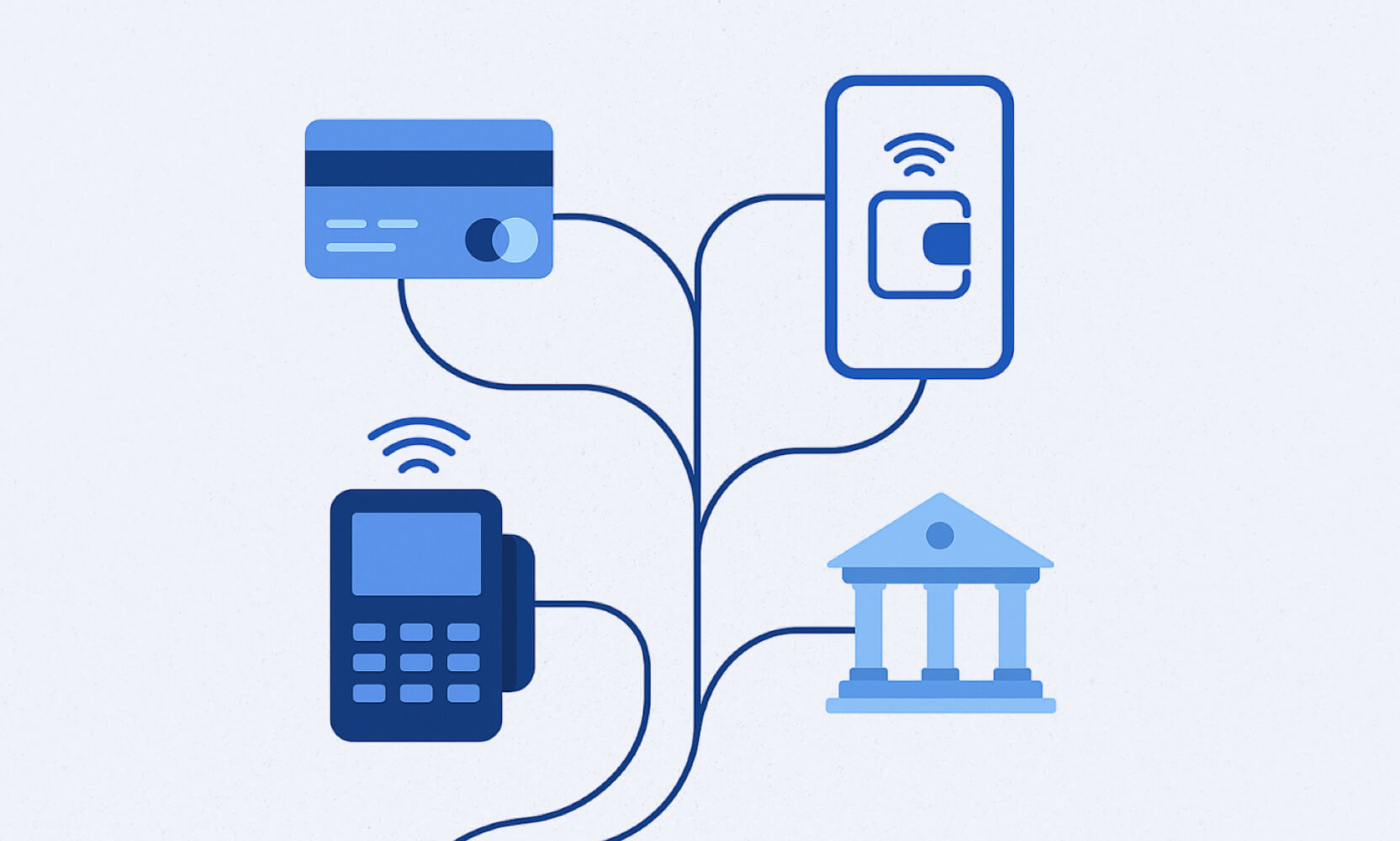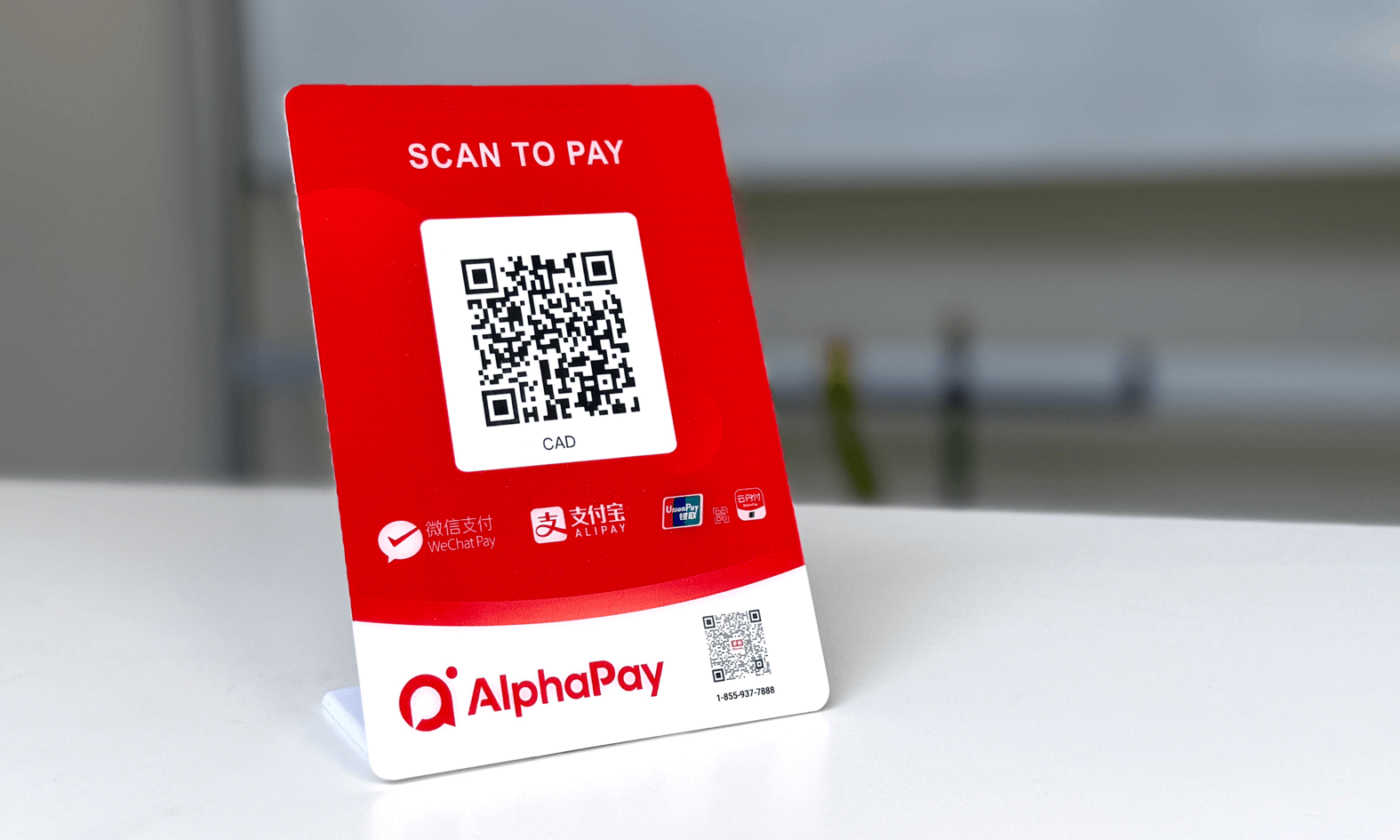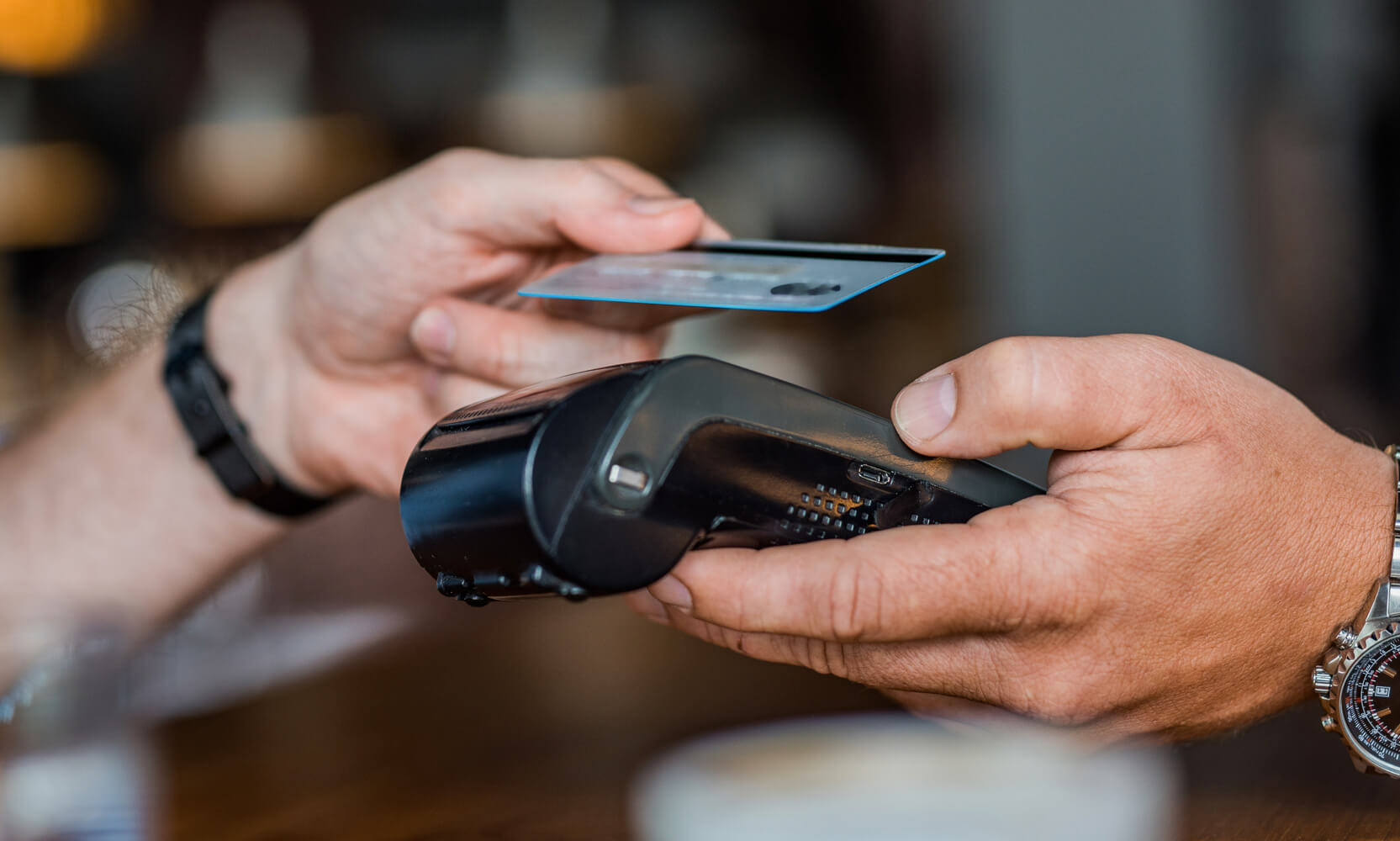This article breaks down the the payment ecosystem into key components, and where key players like Clover, Moneris, Global Payments, Chase, and digital payment methods like Alipay, WeChat Pay, and UnionPay fit into the picture.
Every time a customer taps a card, scans a mobile wallet, or swipes at a terminal, there is a complex ecosystem working behind the scenes. From banks to payment networks to hardware and fintech companies, all actors coordinate to authorize, route, and settle that payment. Understanding this system is crucial for anyone working in marketing, fintech, or digital payments.
In this Article
- Key components of the ecosystem
- What are card networks?
- How credit card transactions work
- The role of banks
- POS system and payment processors
- Mobile wallets and emerging payments
- How these players fit together
- Key companies and players
Key Components of the Ecosystem
Banks
Issuing banks (issuer) are the financial institutions that issue credit or debit cards to consumers. They extend credit (in the case of credit cards) or hold consumers’ funds (in the case of debit cards).
Acquiring banks (acquirers or merchant banks) are the banks or financial institutions that contract with merchants so that merchants can accept card payments. They receive the funds from the card networks (after approval and settlement) and deposit money into the merchant’s account.
Card Networks (Payment Networks)
Card networks (also called card associations or networks) provide the infrastructure and rules that allow different banks to communicate. When a customer uses a card, the transaction goes through the a network to the issuing bank for approval.
They define standards (e.g. for authorization, settlement, cryptographic protocols).
They set fee structures (interchange, assessment fees).
They can be open networks (many banks can issue cards and many banks can acquire) or closed networks (the network issues the card and also does acquiring).
Examples of open networks: Visa, Mastercard.
Examples of closed networks: American Express or store-branded cards where the network also is issuer / acquirer.
Mobile Wallets
Mobile wallets are digital applications or wallets on mobile devices that store card or account credentials, allowing users to pay via their phone or device (contactless or via QR, or other digital means).
They often tokenize card details, so the actual card number is not sent in transactions.
Examples include mainstream digital wallets (Apple Pay, Google Pay, Samsung Pay) as well as region-specific wallets.
In China / Asia:
Alipay and WeChat Pay are mobile / super apps that handle payments + many other services.
UnionPay also has QR / mobile payment support and is both a card network and facilitator in many contexts.
POS Machines / POS Systems
Point-of-Sale machines or POS systems are hardware or integrated hardware + software that merchants use to accept payments in physical stores.
These devices read cards (chip, magnetic stripe, contactless tap) or accept mobile wallet tokens / QR payments.
They often embed software to manage inventory, receipts, sales analytics, and integrate with backend systems.
They connect to payment gateways or payment processors to route transactions for authorization and settlement.
Payment Processors, Gateways, Merchant Services
A payment gateway is a technical layer (software or API) that securely captures payment data (card info or wallet token) and forwards it to a payment processor. It ensures encryption, tokenization, and compliance (e.g. PCI).
A payment processor acts as the intermediary that routes transactions between the acquiring bank, issuing bank, and card network, handles authorization, batching, settlement, and reporting.
A merchant account or merchant services provider is the arrangement that a merchant enters with an acquirer / processor to accept payments.
What Are Card Networks?
Card networks, also known as payment networks, form the backbone of card transactions. They connect issuing banks (the institutions that issue cards to consumers) with acquiring banks (the banks that enable businesses to accept those cards).
When a customer makes a purchase, the network transmits authorization requests between these two banks, ensuring that funds are available and the merchant can get paid.
Examples include Visa, Mastercard, American Express, and UnionPay.
These networks:
Establish global standards for security, authorization, and settlement.
Set interchange and assessment fees that help fund the ecosystem.
Operate at global scale, connecting millions of merchants and financial institutions.
How Credit Card Transactions Work
When you tap your card or phone, several steps happen in less than two seconds:
Authorization – The merchant’s POS or online checkout sends the transaction through a payment processor to the card network.
Verification – The card network forwards the request to the issuing bank, which verifies card validity, available funds, and potential fraud risks.
Response – The issuing bank returns an approval or decline through the network to the merchant’s terminal.
Settlement – At the end of the day, the acquiring bank collects approved funds from the issuing bank and deposits them (minus fees) into the merchant’s account.
Each party — the merchant, the acquirer, the network, and the issuer — receives a small portion of the total transaction fee, covering risk, infrastructure, and service costs.
Credit Cards vs. Debit Cards
While both rely on card networks, they differ in where funds come from:
Credit cards introduce risk and interest but offer flexibility; debit cards move existing funds directly and cost merchants slightly less to process.
The Role of Banks
Banks play dual roles in this system:
-
Issuing Banks (e.g., TD, RBC, CIBC) provide cards to consumers and manage repayment, fraud monitoring, and credit limits.
-
Acquiring Banks (e.g., Scotiabank, BMO) enable merchants to accept those payments and handle settlement.
They are the endpoints of the transaction flow — where funds leave and arrive.
POS Systems and Payment Processors
Point-of-Sale (POS) systems are where transactions begin. Modern POS terminals — such as Clover, Square, or Ingenico — are more than card readers: they include built-in software for reporting, inventory, and omnichannel management.
Behind the POS is a payment processor, the entity responsible for securely transmitting transaction data. Processors communicate with card networks, banks, and gateways to ensure transactions complete successfully.
Moneris, Global Payments, Fiserv (Clover), and Chase Merchant Services are major examples of companies that act as both payment processors and merchant acquirers, providing merchants with everything from POS hardware to settlement services.
Mobile Wallets and Emerging Payment Methods
Digital wallets are transforming how people pay. These apps store payment credentials securely on smartphones or in the cloud, replacing physical cards.
-
Apple Pay, Google Pay, and Samsung Pay use tokenized card details that protect sensitive data.
-
Alipay and WeChat Pay, dominant in Asia, operate as super apps combining payments, messaging, and lifestyle services.
-
UnionPay, in addition to being a global card network, supports mobile QR payments across Asia and abroad.
In Canada and the U.S., these wallets connect into traditional payment rails through partners and acquirers like AlphaPay, Moneris, or Global Payments, which enable merchants to accept cross-border QR or wallet payments.
How These Players Fit Together
A simplified overview of the payment flow:
-
Customer presents a card or mobile wallet at checkout.
-
POS System (e.g., Clover) captures and encrypts transaction data.
-
Processor/Acquirer (e.g., Moneris) sends the request through the Card Network (Visa, Mastercard, etc.).
-
Issuing Bank approves or declines the charge.
-
Funds are settled through the Acquiring Bank and deposited into the merchant’s account.
In the case of Alipay or WeChat Pay, the flow involves an additional step where wallet providers authenticate users and handle settlement via partner integrators like AlphaPay.
How a Transaction Typically Flows
Here is a typical flow for a card or digital wallet transaction:
-
Initiation: Customer presents payment (card or mobile wallet) at POS or online checkout.
-
Capture: POS or gateway captures payment data (token or card number).
-
Routing: Processor forwards the transaction request to the the card network.
-
Authorization: Card network sends request to issuing bank, which approves or declines.
-
Response: Approval or decline is returned via the network → processor → merchant.
-
Settlement: At end of day or in batch, acquirer collects authorized funds from issuing bank via network, deposits into merchant account minus fees.
-
Reconciliation: Merchant sees deposits, fees, and reports in their merchant dashboard or bank account.
Where Key Companies Fit In
Here is a summary of how some well-known players fit into the this ecosystem:
Clover
-
Clover is a POS platform + hardware + software ecosystem. It provides POS terminals and integrated software (apps, business management, POS functions).
-
Merchants using Clover get POS hardware plus software for checkout, reporting, inventory, etc.
-
It is not purely a payment processor itself (in many cases the merchant account or acquiring is handled by partners).
Moneris
-
Moneris is a large Canadian payment processing provider (payment processor / merchant acquirer), with strong bank backing. It was founded as a joint venture between Royal Bank of Canada and Bank of Montreal.
-
They support a broad portfolio: POS devices, mobile POS, kiosk solutions, online payment gateway, self-serve kiosk, APIs for integration.
-
They emphasize omnichannel solutions and digital wallets among other payment methods for Canadian merchants.
Global Payments
-
Global Payments is a global fintech / payment technology company offering payment processing solutions.
-
Recently, it announced an agreement to acquire Worldpay in a large multi-billion deal, aiming to expand merchant solution capabilities globally.
-
As part of that deal, it will divest some issuer solutions business, meaning it is refocusing more purely on merchant / acquiring side.
Chase (Merchant Services)
-
JPMorgan Chase & Co. (Chase) provides merchant services and payment processing under products such as Chase Payment Solutions. They offer POS terminals, online gateways, invoicing, tools for in-store, on-the-go and e-commerce.
-
Merchants can have payment and banking services integrated (merchant account + business banking). They highlight benefits like same-day deposits for merchants.
-
They emphasize also no hidden fees for opening a merchant account, and offer hardware / software and gateway solutions.
Digital Wallet / Regional Methods
-
Alipay and WeChat Pay are Chinese / Asian wallets / super apps that allow users to store funds and pay via mobile, often via QR codes or in-app payments. They are widely used for digital payments in China and abroad.
-
UnionPay is a major card / payment network (and card issuer in many cases), especially in China, but also participates internationally. It handles card issuance, clearing and settlement for many Chinese cards.
-
Merchants or processors who want to accept these wallets often need integrations or partners to connect to those wallet networks or local acquiring / wallet bridges.
Why It Matters for Businesses
-
Understanding payment fees helps set pricing and margins. Fees (interchange, assessment, processor markup) vary by card type (credit vs debit) and payment method.
-
Choosing the right partners (processor, POS system, hardware) can reduce friction at checkout, improve customer experience, and reduce declines or chargebacks.
-
Offering digital wallets helps reach customers from other regions or preferences (e.g. Chinese tourists or mobile-first consumers).
-
Data insights from POS or payment platforms (like Clover or Moneris) can feed into marketing / loyalty / CRM to optimize offers & segmentation.
The payments ecosystem is made up of interconnected players: issuing banks, acquiring banks, card networks, processors, POS hardware/software providers, and mobile wallet networks. Companies like Clover, Moneris, Global Payments, and Chase each play specific roles — whether through hardware, processing, acquiring or merchant banking. Meanwhile, digital wallets and regional networks such as Alipay, WeChat Pay, and UnionPay extend the reach of payments beyond traditional cards.








